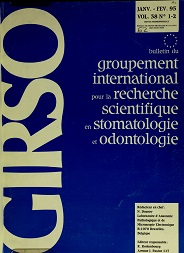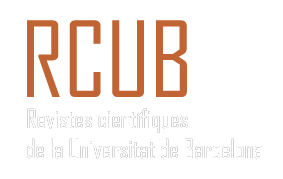Detection of human papillomavirus DNA sequences in leucocytes: a new approach to identify hematological markers of HPV infection in patients with oral SCC
Keywords:
human papillomavirus, oral carcinoma, human leucocytes, carcinogenesis, hybridizationAbstract
Squamous cell carcinoma of oral mucosa was shown to be associated with human papillomavirus (HPV) infection. The aim of this study was to find a hematological marker for HPV infection in patients with extensive HPV positive squamous cell carcinoma of the anterior oral cavity. In forty patients, referred to our clinic, suffering from histopathologically confirmed squamous cell carcinoma of the oral cavity with a tumor index T3/N2/M0 preoperative blood probes were taken. Human leucocytes were gained by FACS-lysis centrifugation. Paraffin-embedded sections of tumor tissue were deparaffinized and proteolytically digested to expose fixed target DNA.
For detection of human papillomavirus, DNA sequences 6, 11, 16, 18, 31 and 33 a non radiocative in situ hybridization technique was used (Biohid®). For the first time we demonstrated HPV DNA sequences in leucocytes of patients with HPV positive oral SCC. Furthermore we found a correlation in type between HPV DNA sequences in tumor tissue and in leucocytes. This might lead to HPV as a hematological marker for follow up of patients with oral SCC and have consequences on therapy.
Downloads
Published
Issue
Section
License
I hereby certify that the authors of the above manuscript have all:
1. Conceived, planned, and performed the work leading to the report, or interpreted the evidence presented, or both;
2. Written the report or reviewed successive versions and shared in their revisions; and
3. Approved the final version.
Further, I certify that:
1. This work has not been published elsewhere and is not under revision in another journal;
2. Humane procedures have been followed in the treatment of experimental animals (if applicable);
3. Investigations in humans was done in accordance with the ethical standards of the responsible committee on human experimentation or with the Helsinki Declaration (if applicable).
4. This paper has been carefully read by a native English speaker who is familiar with the field of work (this applies to authors who are not fluent in English); and
5. The copyright of the article is transferred from the authors to the Bulletin du Groupement International pour la Recherche Scientifique en Stomatologie et Odontologie upon acceptance of the manuscript.



